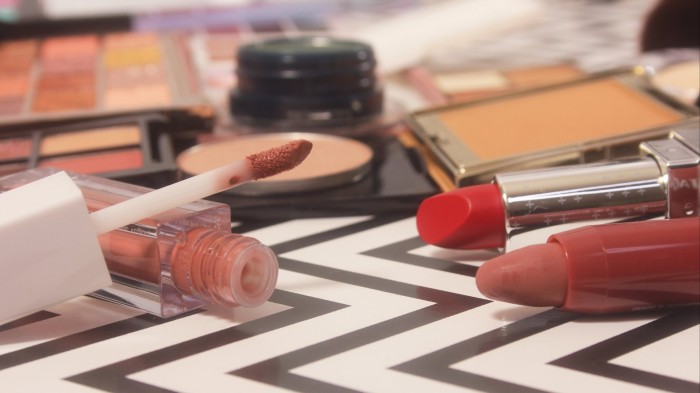Stay informed with free updates
Simply sign up to the EU trade myFT Digest — delivered directly to your inbox.
The European Commission has warned of a steep rise in unsafe products detected in the EU coming mostly from China, as the bloc tries to stem the surge in cheap e-commerce imports.
The commission on Wednesday said it received more than 4,000 alerts for dangerous products last year — the highest number since the EU-wide system was set up in 2003.
Cosmetics accounted for 36 per cent of dangerous products, the commission said. The most frequent risk factor was dangerous chemicals, such as a synthetic substance called BMHCA, which has been banned in the EU for harming the reproductive system.
Some 40 per cent of the unsafe products flagged last year had been imported from China, the commission said.
The Chinese chamber of commerce in Brussels did not immediately respond to a request for comment.
The report comes as the bloc tries to crack down on a steep increase in products sold on platforms like Temu, Shein and Amazon Marketplace. European customers received more than 4bn lower-value packages last year, about 90 per cent of which are being delivered directly from China, and which are rarely inspected because they are duty free.
In February, the commission proposed to make e-commerce firms liable for selling dangerous or illegal products on their platforms to the EU, and also to abolish the current customs duty exemption for goods worth less than €150. It also wants to set up an EU customs authority.
Michael McGrath, the EU commissioner responsible for consumer protection, said that the alert system “enables us to swiftly address the risks posed by dangerous goods across the EU”.
In addition to cosmetics, dangerous chemicals were detected in vape liquid, clothes, jewellery and toys, according to the report. Alerts had also been issued for some electrical appliances and motor vehicles.
Italy was the country with the highest number of dangerous product alerts, and also the third most important country of origin for the products, accounting for 16 per cent of them.
Some 24 per cent of warnings were for products coming from other countries inside the European economic area, which includes the EU, Iceland, Liechtenstein and Norway.
Source link









